Research
Statistics and data are integral parts of many areas of modern astronomy, and so the ART is conducting research in a broad range of areas across astrophysics, statistics, data science, and artificial intelligence (AI). Information on some of the areas and topics we are currently investigating, along with the awesome people involved, can be found below.
The Birth, Life, and Death of Stars
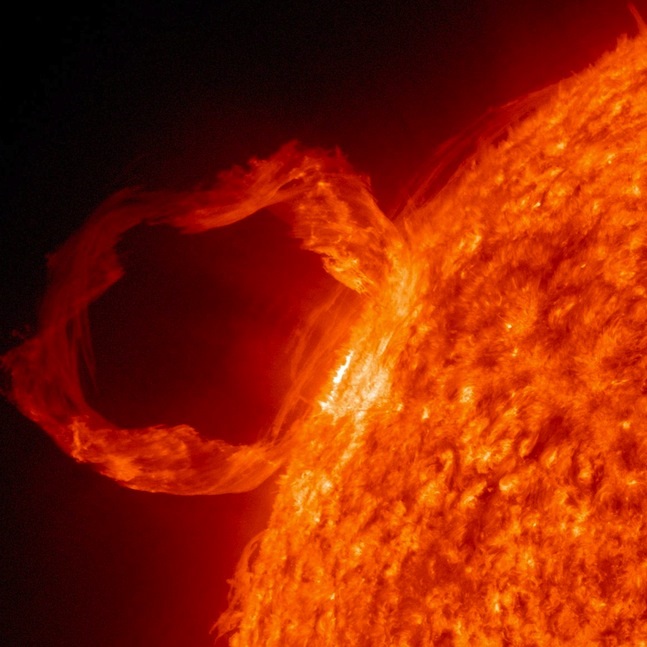
While we like to think of our Sun as a "typical" star that we understand well, many observations both within and outside our Solar System suggest otherwise. Stars turn out to have complex interior structures, chemical mixing, magnetic activity, and evolutionary pathways...and that's before considering that most stars actually have stellar companions which they will interact during the lifetimes. The recent advent of gravitational wave detectors such as LIGO has also revealed a complicated picture of the deaths of stars (as black holes, neutron stars, white dwarfs, etc.) This had led to a renaissance for the study of stellar evolution. The ART tries to tackle this problem from multiple angles by leveraging statistical and machine learning methods across large datasets to identify and characterize a variety of stellar populations including magnetically-active stars, ancient metal-poor stars, rare binary stellar systems, and variable stars. (Image credit: NASA.)
ART members involved: Gwen Eadie, Josh Speagle, Kevin McKinnon, Duo Xu, Ronan Kerr, Mairead Heiger, Alex Laroche, Phil Van-Lane, Rodrigo Barradas Herrera
ART associates involved: Connor Stone, Marta Reina-Campos, Catherine Zucker
Collaborators include: J. Arturo Esquivel, Vianey Leos Barajas, Radu Craiu, Maria Drout, Peter Martin, Ting Li, Ryan Cloutier (McMaster), Alex Ji (UChicago)
The Milky Way and Local Group
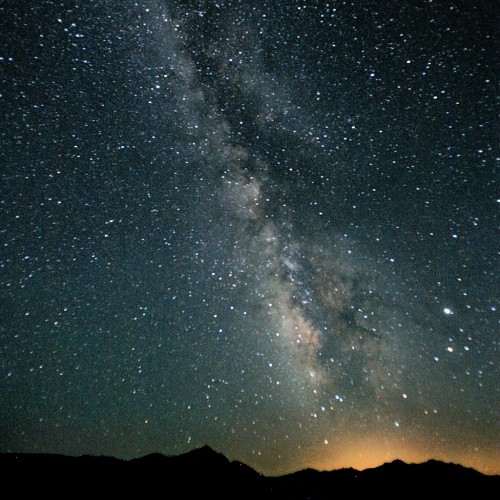
The Local Group of galaxies, which consists of the Milky Way (MW), Andromeda (M31), and their satellite dwarfs, are some of the only galaxies in the entire universe that we are able to study on both the smallest and largest scales. This allows us to connect the properties of individual stars (such as their positions, motion, and chemistry) to the properties of galaxies as a whole. Using various chemodynamical and other statistical modelling techniques, we are able to reconstruct a galaxy's formation and evolution history as well as its present-day structure. This allows us to then place the MW and the Local Group in their cosmological contexts through comparisons with other galaxies along with expectations from theory and simulations. (Image credit: Steve Jurvetson.)
ART members involved: Gwen Eadie, Josh Speagle, Kevin McKinnon, Ronan Kerr, Mairead Heiger, Anika Slizewski, Alex Laroche
ART associates involved: Andrew Saydjari, Aviad Levis, Catherine Zucker
Collaborators include: Ting Li, Jo Bovy, Maria Drout
Flexible, Scalable Inference with Large Datasets
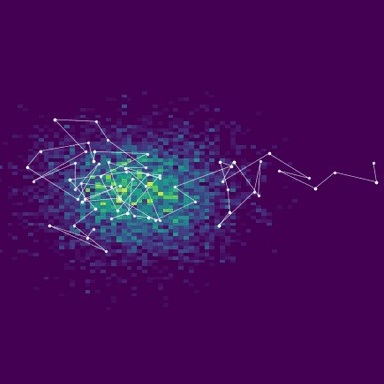
Flexible, scalable inference with large datasets refers to the ability to perform statistical analysis and draw conclusions from large data in an adaptive and efficient manner. Many of the methods best-suited for this (such as hierarchical inference), however, struggle to handle the increase in volume of data. By contrast, many machine learning methods that scale to these large datasets with ease are unable to provide robust conclusions with realistic uncertainties. Reconciling these two methods of analysis remains a central challenges for obtaining useful insights in the current and upcoming era of overwhelmingly large astronomical surveys. People in the ART are working on new sampling techniques, data-driven approaches, and data integration strategies to help overcome these issues. (Image credit: Simeon Carstens.)
ART members involved: Gwen Eadie, Josh Speagle, Kevin McKinnon, Biprateep Dey, Duo Xu, David Li, Mairead Heiger, Anika Slizewski, Alex Laroche, Leo Watson
ART associates involved: Andrew Saydjari, Aviad Levis, Connor Stone
Collaborators include: Radu Craiu, Ann B Lee (CMU)
The Mysteries of Dark Matter
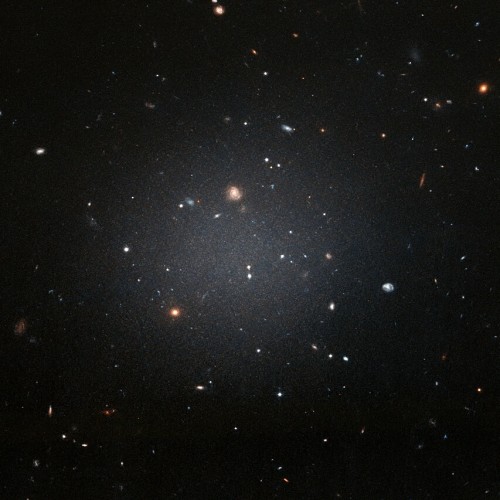
One of the biggest mysteries in physics and astronomy is dark matter. Almost every galaxy in the universe is thought to reside in a dark matter halo, and these halos play an important part in galaxy evolution. In the ART, we seek to answer fundamental questions such as: What is the amount and distribution of dark matter in the Milky Way Galaxy, elliptical galaxies, and ultra-diffuse galaxies? How well do our formation theories for these systems hold up against exciting new data sets from Gaia, JWST, DESI, and LSST? We use and develop a variety of statistical methods (e.g., hierarchical Bayesian inference, model comparison, log-Gaussian Cox Processes and inhomogeneous Poisson Processes) to analyze data from the Milky Way, other galaxies, and globular clusters around ultra-diffuse galaxies in order to better understand the distribution and amount of dark matter in these systems and throughout the Universe at large. (Image credit: ESA/Hubble.)
ART members involved: Gwen Eadie, Josh Speagle, Tanveer Karim, Biprateep Dey, David Li, Anika Slizewski
ART associates involved: Haowen Zhang
Collaborators include: Pratika Dayal, Jo Bovy, Renée Hložek, Patrick Brown, Bob Abraham
(Explainable) Artificial Intelligence (XAI)

AI models are a powerful tool for interpreting data, especially images. We rely on them to classify millions of galaxies, find the weirdest objects in the sky, identify strong gravitational lenses, and much more. But these models generally only provide measurements; they don't explain why a particular galaxy has a strong lens or that galaxy is unusual. Many also don't make decisions in a way that builds on existing intuition or physical knowledge. To tackle these issues, members of the ART are building new physics-informed, probabilistic, and robust AI models as well as tools to investigate why these AI models make the decisions that they do. (Image credit: 3blue1brown.)
ART members involved: Josh Speagle, Biprateep Dey, Duo Xu, Alex Laroche, Phil Van-Lane, Leo Watson
ART associates involved: Andrew Saydjari
Collaborators include: Jo Bovy, Chris Maddison, Ann B Lee (CMU)
The Structure, Formation, and Evolution of Galaxies
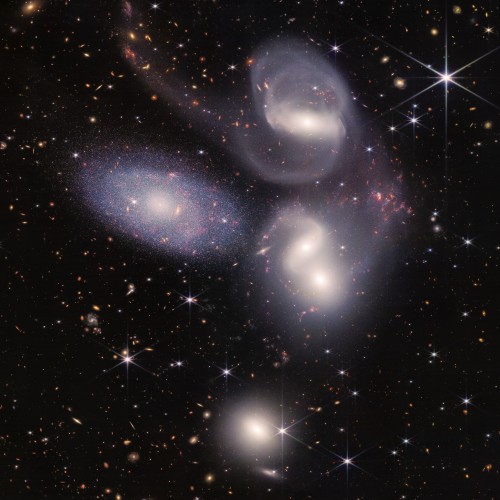
The messiness of how galaxies actually form, grow, and evolve can be seen in data as varied as nearby stellar streams (i.e. tidal debris) in the local Universe through to the most distant observable galaxies with JWST. Because each galaxy is only observed once, unpicking the relationships between each variable that drives evolution (star formation, gas accretion, mergers, supermassive black holes, etc.) requires large statistical samples and careful treatment of confounding effects. We also make discoveries by identifying gaps between expectations from theory/simulations and real observations. (Image credit: NASA, ESA, CSA, and STScI.)
ART members involved: Gwen Eadie, Josh Speagle, Jacqueline Antwi-Danso, Biprateep Dey
ART associates involved: Marta Reina-Campos, Alicia Savelli, Haowen Zhang
Collaborators include: Pratika Dayal, Norm Murray (CITA), Adam Muzzin (York), Bob Abraham
Ancient Galaxies and Star Clusters
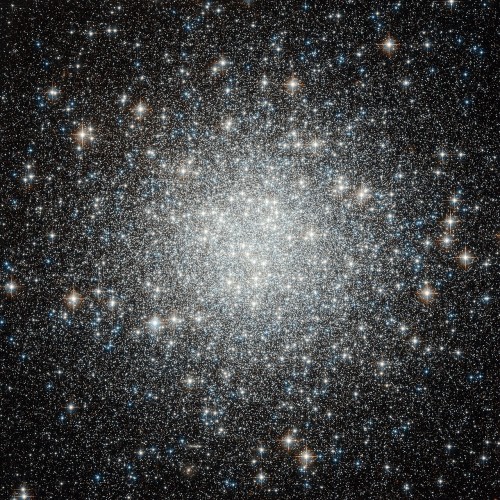
The formation and evolution of the first stars and galaxies is largely a mystery. It is unknown how and how quickly galaxies built up their mass in the high-redshift universe, what the first stars looked like and how they enriched their galactic environments, and how conditions for star formation differed in the early universe. Observing the first galaxies is generally observationally unfeasible, and so in the ART, we are using a variety of observational and statistical methods, including Bayesian hierarchical modelling and spatial statistics like inhomogeneous Poisson point processes, to probe the early Universe using other objects we can observe with instruments like Gaia and JWST. These include nearby globular clusters, which are some of the oldest stellar structures, and high-redshift massive quiescent galaxies, which are some of the largest, brightest, and oldest galaxies in the Universe. (Image credit: ESA/Hubble & NASA.)
ART members involved: Gwen Eadie, Josh Speagle, Jacqueline Antwi-Danso, David Li
ART associates involved: Marta Reina-Campos
Collaborators include: Pratika Dayal, Maria Drout
Fast Radio Bursts and the Transient Sky

Fast radio bursts (FRBs) are one of the most mysterious astrophysical phenomena in the Universe. An FRB is a short, energetic radio pulse (on the order of milliseconds) of unknown progenitor, although leading theories suggest these energetic pulses could be from magnetars of extragalactic origin. Moreover, some FRBs are observed to repeat, while others are not. Some members of the ART are part of the Canadian Hydrogen Intensity Mapping Experiment (CHIME) FRB Collaboration, where we are developing new statistical methods to better understand the subpopulations of repeating and non-repeating FRBs. (Image credit: Danielle Futselaar/artsource.nl.)
ART members involved: Gwen Eadie
Collaborators include: Radu Craiu, David Stenning (SFU), Derek Bingham (SFU)